In today’s health-conscious society, there is an increasing emphasis on not just what we eat, but how we prepare our food. The cookware we choose plays a vital role in promoting healthier cooking practices. Healthy living cookware is designed with the dual purpose of enhancing our culinary experiences and ensuring the nutritional integrity of our meals. This article will explore the various aspects of healthy living cookware, including materials, benefits, usage tips, and its impact on overall health.
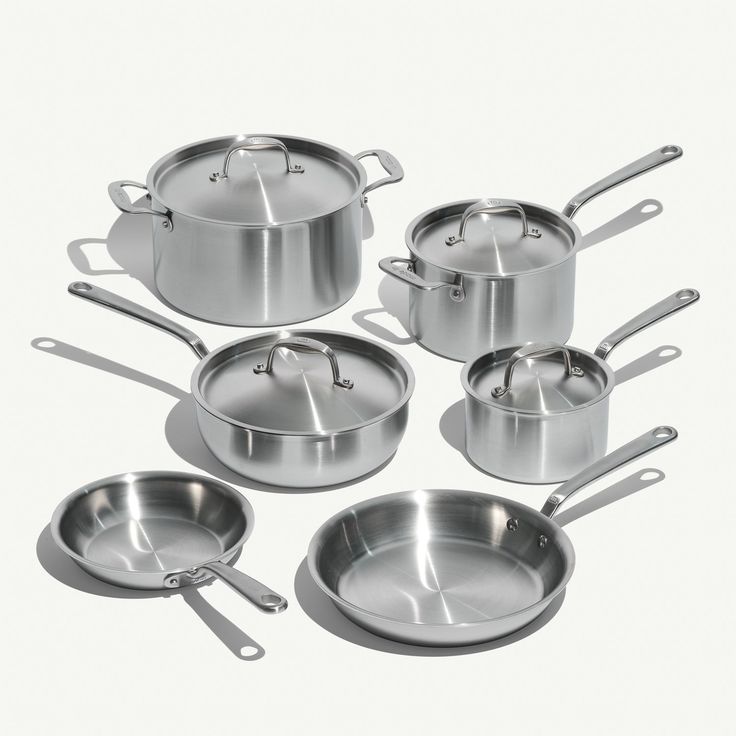
Understanding Healthy Living Cookware
Healthy living cookware refers to kitchen tools and pots made from materials that avoid the leaching of harmful chemicals into food. The choices vary widely, encompassing options like stainless steel, cast iron, ceramic, glass, and non-toxic non-stick surfaces. Each material has unique properties and advantages, which can affect cooking performance and health outcomes.
Types of Healthy Cookware Materials
- Stainless Steel
- Durability: Stainless steel is known for its strength. It doesn’t corrode, rust, or stain easily.
- Non-Reactive: Unlike some metals, stainless steel won’t react with acidic or alkaline foods, preserving the taste and nutrients of your meal.
- Easy Maintenance: It’s dishwasher safe and can be easily cleaned, making it a practical choice.
- Cast Iron
- Natural Non-Stick Surface: With proper seasoning, cast iron develops a non-stick fat layer, requiring less oil for cooking.
- Iron Enrichment: It can leach small amounts of iron into food, which can be beneficial for individuals needing to increase their iron intake.
- Versatile Cooking: Suitable for stovetops and ovens, cast iron cookware can go from the kitchen to the grill or even campfire cooking.
- Ceramic Cookware
- Non-Toxic Coating: Ceramic cookware is often free from harmful chemicals like PTFE and PFOA, commonly used in traditional non-stick pans.
- Even Heat Distribution: It retains heat well and provides uniform cooking, reducing the risk of hot spots that can burn food.
- Aesthetic Appeal: Ceramic cookware is available in various colors and designs, adding a decorative touch to your kitchen.
- Glass Cookware
- Chemical-Free: Glass is 100% inert, meaning it won’t leach any harmful substances into your food.
- Microwave and Oven Safe: Glass cookware can withstand high temperatures, making it versatile for different cooking methods.
- Easy Monitoring: Transparent materials allow you to monitor your food while cooking without lifting the lid.
- Non-Toxic Non-Stick Cookware
- Modern Non-Stick Solutions: New technologies have created non-stick surfaces free from harmful chemicals. Brands now offer cookware coated with materials like titanium or ceramic.
- Easy Food Release: Non-stick surfaces require significantly less oil, promoting healthier cooking habits.
- Effortless Cleaning: Non-stick pans are typically easier to clean, encouraging more frequent home cooking.
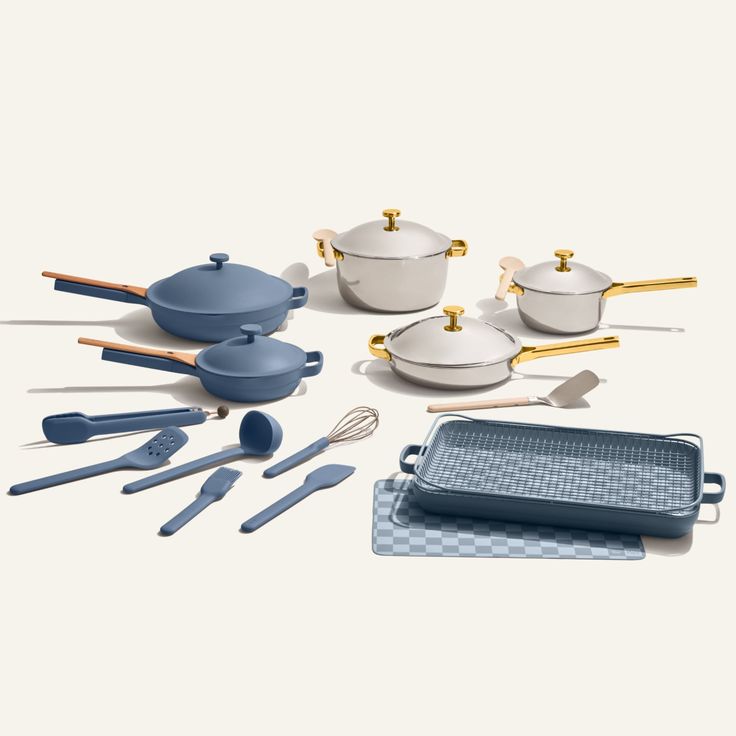
The Benefits of Using Healthy Living Cookware
Using healthy living cookware brings numerous benefits that span beyond health, influencing cooking practices, taste, and sustainability.
Healthier Cooking Options
With fewer harmful chemicals, healthy cookware options can help ensure that your meals are less likely to be tainted by substances that can interfere with health. For instance, non-toxic non-stick pans reduce the need for added fats and oils, which can help manage calorie intake.
Enhanced Flavor and Nutrition
Higher quality cookware can enhance the flavor and aesthetic appeal of your dishes. Many healthy cookware materials, such as stainless steel and cast iron, allow for precise temperature control, helping to bring out the natural flavors in food while preserving their nutritional value.
Easy to Clean and Maintain
Health-focused cookware is often easier to clean, reducing the effort required to maintain your kitchen. This serves as an encouragement for more frequent home cooking, leading to healthier eating habits.
Sustainability and Eco-Friendliness
Investing in high-quality cookware also has long-term environmental benefits. Items like cast iron and stainless steel are extremely durable, reducing waste produced from discarded, non-durable alternatives. Moreover, many brands are focusing on eco-friendly manufacturing processes, which is an added bonus for environmentally conscious consumers.
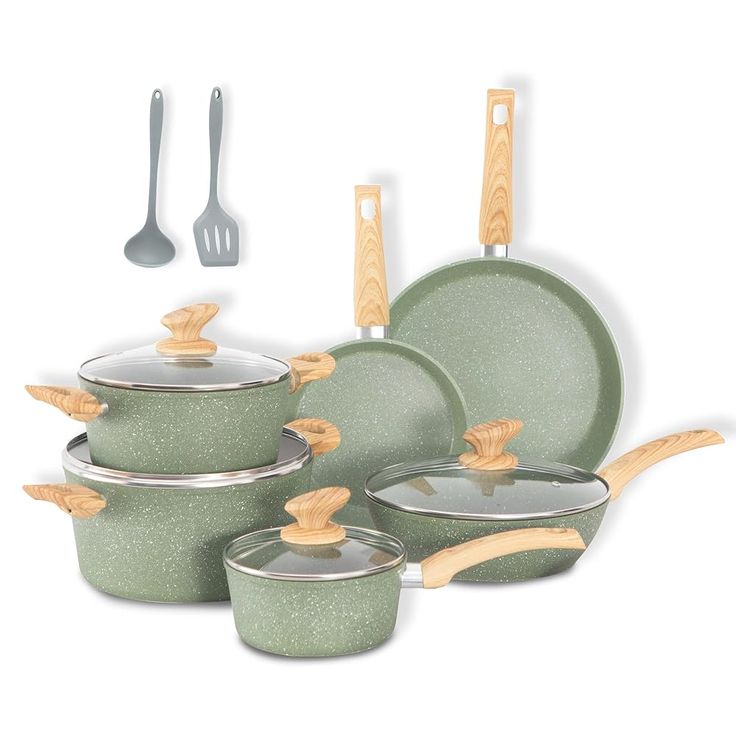
Choosing the Right Cookware for Your Needs
Finding the right cookware to suit your kitchen style and cooking habits can feel overwhelming. However, several important factors can simplify your decision-making process. Understanding your priorities will help you make an informed choice.
Cooking Style
Begin by evaluating your cooking style. Are you a fan of slow cooking, or do you prefer to sear meats quickly? If you enjoy slow-cooked stews and braises, cast iron cookware may be the best option for you. Its excellent heat retention allows for even cooking over long periods. On the other hand, if you often prepare quick meals, consider using non-stick or stainless steel cookware. Non-stick pans are perfect for making scrambled eggs and pancakes, while stainless steel is great for searing and browning.
Dietary Requirements
Your specific dietary needs should influence your cookware choices. For example, if you require added iron in your diet, using cast iron cookware can be beneficial. It can leach small amounts of iron into your food, aiding individuals with anemia. If you are concerned about harmful chemicals, ceramic cookware is an excellent choice. It is free from aluminum and other toxic substances, making it a safer option for health-conscious cooks.
Budget Considerations
Price is an essential factor when choosing cookware. Healthy living cookware comes in various price ranges. While high-end brands often boast superior quality and durability, many budget-friendly options also uphold health standards. Before you go shopping, take the time to establish a realistic budget. This way, you can narrow down your options and avoid overspending.
Care and Maintenance
Last but not least, consider how much time you are willing to dedicate to cleaning and maintaining your cookware. Non-stick and ceramic options typically require less effort in terms of upkeep. They are generally easier to clean than cast iron, which needs careful seasoning to maintain its non-stick surface. Understanding the maintenance requirements can help you choose the best cookware that fits both your lifestyle and your kitchen routine.
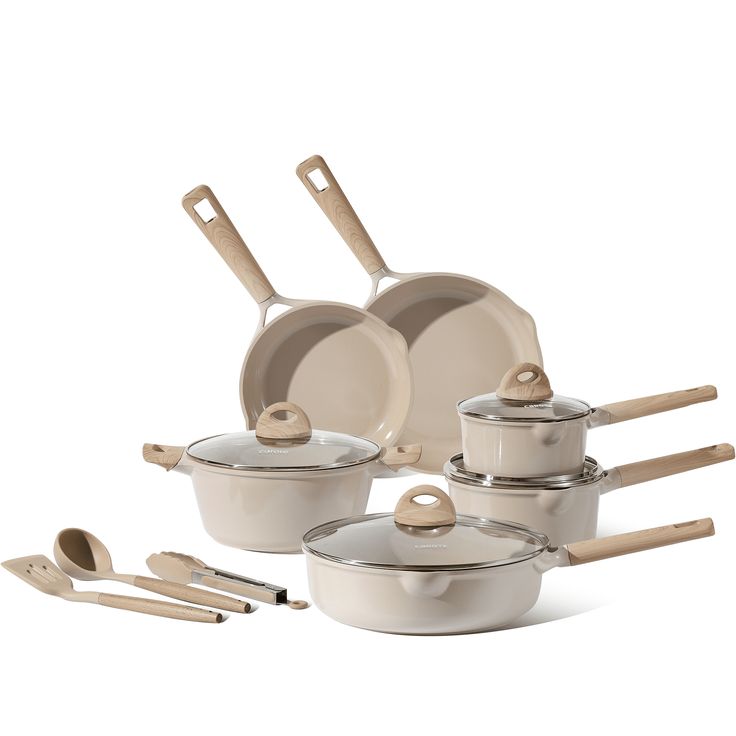
Best Practices for Using Healthy Cookware
To maximize the advantages of healthy cookware, here are some practical tips:
Preheating and Temperature Control
Proper preheating is essential for optimizing cooking performance. Always preheat your cooking surface to ensure even cooking. Additionally, learn how to control heat according to the specific cookware material used to prevent food from sticking or burning.
Using Appropriate Utensils
When using non-stick cookware, opt for silicone, wood, or nylon utensils to avoid scraping or damaging the surface. Metal utensils can cause scratches that may lead to food sticking.
Seasoning Cast Iron
For cast iron cookware, seasoning is vital. Apply a thin layer of a high smoke point oil (like vegetable or flaxseed oil) to prevent rust and enhance its non-stick properties. Re-seasoning after heavy usage will prolong the lifespan of the cookware.
Avoiding Abrasive Cleansers
While cleaning your cookware, avoid using abrasive sponges that can scratch the surface. Instead, use soft cloths, sponges, or brushes and mild detergents to keep your kitchen tools in top shape.
The Impact of Healthy Cooking on Overall Wellness
Utilizing healthy living cookware does much more than enhance cooking experiences. It plays a significant role in positively influencing overall health and wellness. Here are several notable impacts of using healthy cookware in your daily life.
Nutrition Awareness
When you choose to use healthy cookware, you are more likely to engage in home cooking. This shift often leads to better meal choices. Cooking from scratch allows you to select your ingredients carefully. You can also control portion sizes and choose healthier cooking methods. This conscious approach can result in a more balanced diet, filled with nutritious foods. By making your meals, you are able to avoid processed ingredients that may contain unhealthy additives.
Psychological Well-Being
Cooking at home can be a therapeutic experience. It can provide an outlet for creativity and relaxation. Engaging in the cooking process helps to reduce stress and promotes a sense of mindfulness. When you prepare meals using healthy cookware, the experience becomes more enjoyable. This enjoyment can lead to increased personal satisfaction and improved mental well-being. Taking the time to cook can create a calming routine amidst a busy lifestyle.
Family Engagement
Cooking at home with healthy cookware offers opportunities for family bonding and teaching children the importance of nutritious eating habits. Involving them in the cooking process fosters an appreciation for fresh ingredients and healthy meal choices.
Long-Term Health Benefits
Research consistently shows that a healthy diet rich in whole foods can reduce the risk of chronic diseases, such as diabetes, heart disease, and obesity. By investing in healthy cookware, you’re not just improving your cooking; you’re also making a long-term investment in your health.
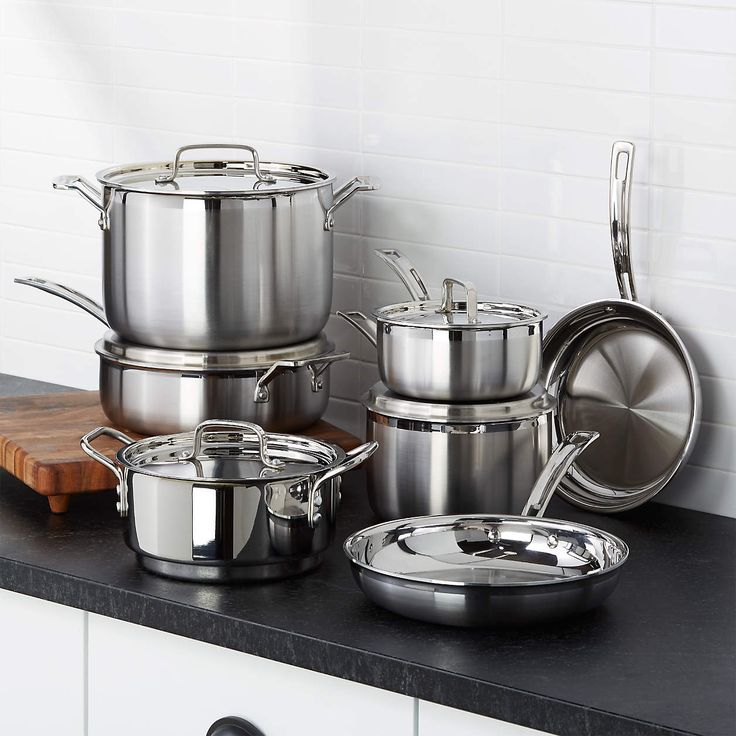
Conclusion
Healthy living cookware represents an important aspect of modern cooking, focusing on health, quality, and sustainability. With choices ranging from stainless steel to ceramic, each material offers unique benefits that cater to a variety of cooking styles and health needs. By understanding how to choose and maintain healthy cookware, you can significantly enhance your culinary experiences and promote healthier eating habits at home.
Incorporating healthy living cookware into your kitchen is more than just an upgrade; it’s a lifestyle choice that reflects a commitment to health, wellness, and sustainability. By making conscious decisions about the tools we use in cooking, we empower ourselves to lead healthier lives, one meal at a time.

